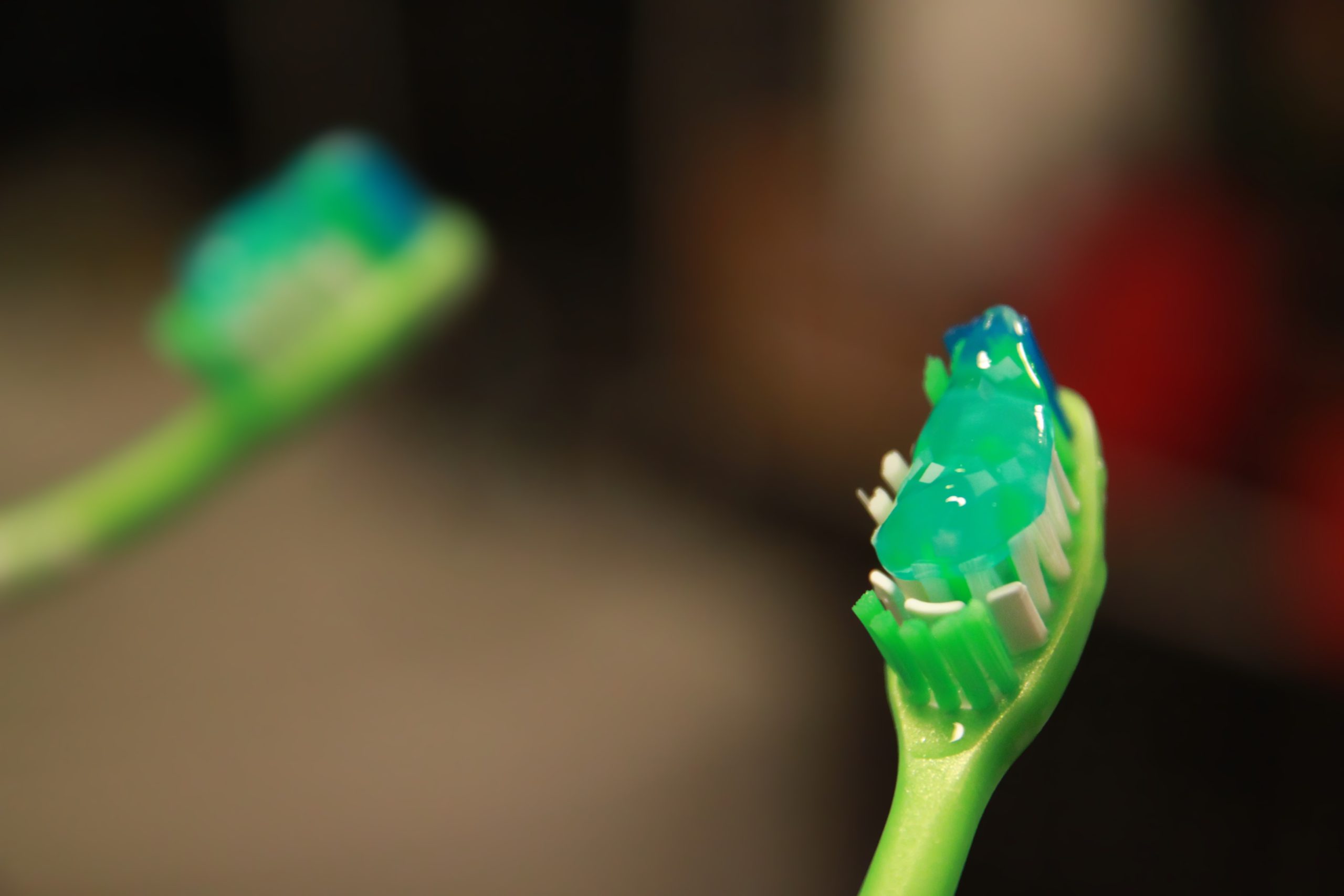When it comes to straightening misaligned teeth or correcting a bad bite, finding the right experienced orthodontist is worth your weight in gold. But you can’t stop there! Getting the best results from orthodontic treatment will take some teamwork between you and the orthodontist you choose.
One of the most important tasks you’ll be in charge of while wearing braces is to keep your teeth super squeaky clean by brushing and flossing regularly—yet you might struggle at first with all the bands and wires, as they can make dental hygiene a little bit trickier than usual.
Dillehay Orthodontics is all about helping your smile succeed, so we’ve put together some tips and techniques for keeping your teeth clean and your gums healthy while you’re wearing braces. By following these simple steps while your braces gradually move you towards a great-looking smile, you’ll be the perfect team player!
Basic Brushing Techniques
Whether you’re in braces or not, you should always use a soft-bristled toothbrush with a head that’s small enough to reach all areas in your mouth, along with a pea-sized drop of fluoride toothpaste. Thoroughly brush all tooth surfaces—that means the outside, inside, tops and bottoms—for at least two minutes, at least twice per day. If you’re wearing braces, you must be diligent about carefully cleaning around your brackets and in the spaces between the wires and your teeth. This is where food particles like to hang out, and they can easily become trapped, leading to decay. The same goes for the areas in between the brackets and your gums.
For the most effective brushing, place your toothbrush at a 45-degree angle to your gums and gently move the bristles in a back-and-forth pattern. Concentrate on cleaning just one small area at a time. When you’ve thoroughly cleaned one spot, move on to the next one, working your way all around your mouth. Don’t forget to brush your tongue, too! It’s a breeding ground for bacteria, and can also contribute to bad breath.
If brushing bores you, but you like listening to music, try brushing for the length of one song: right about two or three minutes.
Special tools for tricky spaces
There are some special tools available to help deep clean those challenging areas near your brackets and wires.

An interdental toothbrush looks like a small pipe cleaner, with bristles all around and a grip on the end. It’s small enough that you can really get in between teeth and wires and keep those spaces clean. Since it can reach into places your standard toothbrush can’t, it’s great at keeping those slender spaces clear of food and debris.
Oral irrigators, sometimes called water flossers, are a dental care device that use a pressurized stream of water to remove plaque and food debris from between the teeth and below the gumline, improving overall oral health. They can also be used to remove debris that has a tendency to collect around the wires and bands of your braces. These aren’t a substitute for brushing and flossing! But water flossers can be a big help in keeping even the narrowest spaces clean.
Plaque disclosing tablets are chewable tablets that contain a staining dye. This harmless dye interacts with any plaque hanging around the mouth, and stains it, usually a purple or red color. As a result, any areas you’ve missed sufficiently cleaning will clearly stand out! When used after brushing and flossing, these tablets will make sure you notice common problem areas and give you the chance to clean them as well as the rest of your mouth.
Flossing Tips
In addition to brushing, you should be flossing at least once a day to keep your teeth and gums healthy. Plaque bacteria that isn’t regularly removed from the teeth can result in tooth decay and gum disease for anybody, but when you’re wearing braces, it may also cause white spots on your teeth or unsightly gum overgrowth. Brushing alone can’t remove all of the bacteria, and that’s where dental floss comes in!

To floss effectively, you would typically hold the strand of floss snug against the surface of the tooth and work it up and down gently, from chewing surface to gums. Keep moving around the teeth, using a clean section of floss whenever the one you’re using becomes soiled.
But what about flossing around those wires? Try using a floss threader! This simple device is a bit like a sewing needle, letting you pull a piece of floss through its “eye,” and then push it under the wire of your braces. Then grab the free end of the floss and use it as you normally would.
Teaming up with Dillehay Orthodontics
Good brushing and flossing are always essential to your oral health, but especially when you’re wearing braces. Orthodontic work does require quite a bit of time and effort, but it’s a worthwhile investment that will pay off every time you see yourself smile! Dillehay Orthodontics has a reputation for providing excellent orthodontic care for the people of Wichita and its surrounding areas for over fifty years. We take great pride in providing our patients with the most state-of-the-art treatment techniques and equipment available in orthodontics today. With two orthodontists available, and offices in East and West Wichita and Derby, and satellite offices in Arkansas City and Pratt, we’re able to offer more scheduling flexibility and options for our patients. If you’re ready to start your braces journey by teaming up with the most experienced orthodontic team in Wichita and the surrounding area, get in touch with us today and let’s get you on your way!
